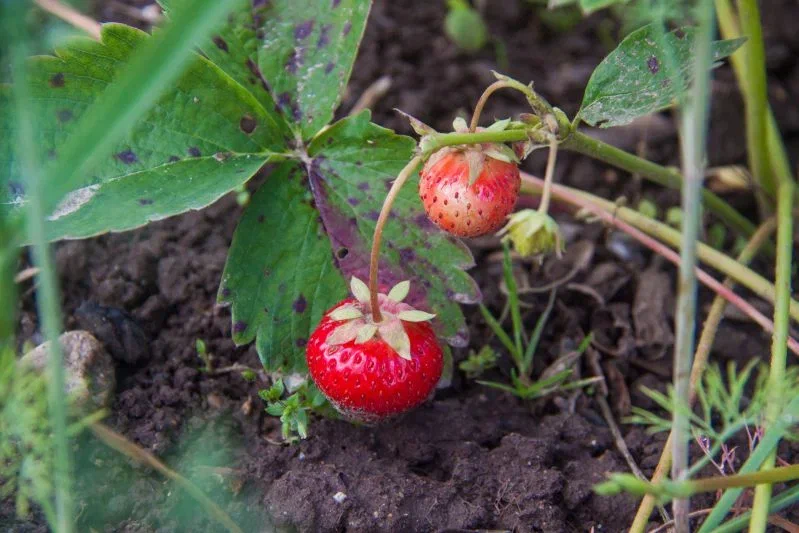Autumn is an important stage in the strawberry life cycle. Many gardeners wonder whether it is advisable to mow strawberry leaves at this time of year.
This topic causes a lot of controversy among gardening enthusiasts and professionals.
Anastasia Kovrizhnykh, an expert of the online publication "BelNovosti", a scientist agronomist and landscape designer, told how to do the right thing.
The Impact of Autumn Pruning on Plant Health
Mowing strawberries in the fall has a significant impact on the condition of the plants. Removing old foliage helps improve air circulation around the bushes, which reduces the risk of fungal diseases.
In addition, this procedure helps to get rid of pests that can overwinter in fallen leaves.

However, it is worth remembering that excessive removal of green mass can weaken the plants before the onset of cold weather.
Leaves play an important role in accumulating nutrients needed for successful overwintering. Therefore, the mowing process should be approached with caution and take into account the characteristics of a particular strawberry variety.
Timing of autumn pruning
Choosing the right time for mowing strawberries is crucial. The optimal period is considered to be the end of September - beginning of October, when the plants have already completed their vegetation period, but there have been no persistent frosts yet.
During this time, the strawberries have time to recover and grow new leaves before going into winter dormancy.
It is not advisable to prune too early, in August or early September, as the plants may use up their nutrient reserves to form new leaves, which will weaken them before winter.
On the other hand, late mowing, in November, can lead to damage to the growing points and a decrease in yield in the following season.
Haircutting technique
The correct technique for mowing strawberries allows you to achieve maximum effect without harming the plants.
It is recommended to use sharp garden shears or special pruning shears. Leaves are cut at a height of 5-7 cm from the soil surface, trying not to damage the central rosette and young shoots.
After mowing, it is important to remove plant debris from the beds. Leaves left on the ground can become a source of infections and attract pests.
It is better to dispose of cut greens or use them for composting.
Alternative methods of care
Some gardeners prefer not to mow strawberries in the fall, but limit themselves to removing only old, diseased and damaged leaves.
This approach allows you to retain more nutrients in plants and provide them with better protection from frost.
Another method of care is mulching strawberry beds. A layer of mulch made of straw, sawdust or pine needles helps protect the root system from freezing and retain moisture in the soil. This eliminates the need for radical mowing of foliage.
Consequences for crop yields
The impact of fall pruning on strawberry yields in the following season remains a subject of debate.
Some studies suggest that moderate mowing can stimulate more fruit production. However, excessive defoliation can have the opposite effect, weakening plants and reducing their productivity.
It is important to consider that the reaction of strawberries to autumn pruning may vary depending on the variety, climate conditions and the general condition of the plants. Therefore, it is recommended to experiment with different approaches and observe the results over several seasons.
Preparing for winter
Mowing strawberries is considered part of the complex preparation of plants for the winter period.
After pruning, it is recommended to fertilize with phosphorus-potassium fertilizers, which will strengthen the root system and increase the frost resistance of the bushes. It is also important to ensure sufficient watering of the beds before the onset of persistent cold weather.









